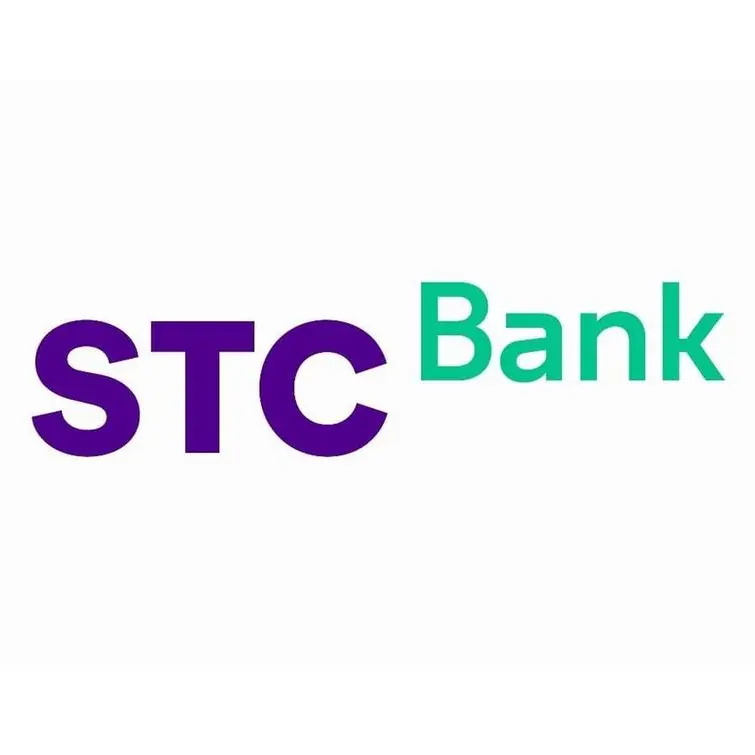The ratings affirmation is driven by CIMB Bank’s well-established banking franchise and strong domestic market position, as well as its high systemic importance in the domestic banking industry. As the third-largest bank in Malaysia by asset size, CIMB Bank accounted for 11.2% and 13.4% of total loans and deposits of the domestic banking industry as at end-2016. The bank’s consolidated gross loans stood at RM260.7 billion as at end-June 2017, with domestic loans continuing to make up the bulk of the total (70.6%), followed by Thailand (11.2%) and Singapore (10.6%).
For 1H2017, CIMB Bank’s total loans grew slower by 6.0% y-o-y (2016: 8.1%) on excluding the foreign exchange effect, partly due to the bank’s realignment of its lending portfolio, largely in Thailand and Singapore, to reduce exposure in certain loan segments. Loans in Thailand and Singapore contracted by 3.4% y-o-y and 3.0% y-o-y respectively in 1H2017. However, domestically, the bank’s loan growth was 8.0% y-o-y and has remained stronger than the banking industry average of 5.7% y-o-y. The bank’s loan growth is expected to improve from the current levels over the next 12 to 18 months following the completion of its portfolio realignment that will shift the focus to consumer and SME loans.
MARC notes that the bank’s problematic loans in Thailand have continued to weigh on its asset quality metrics. Total gross impaired loans (GIL) ratio increased to 2.23% as at end-June 2017 (end-2016: 2.15%), despite a sale of impaired loans amounting to RM385.0 million in Thailand. Over the near term, growth in new impairments in its Thai loan portfolio is expected to be slower on the back of an uptick in the Thai economy and the bank’s tighter lending standards. The bank’s asset quality in Singapore remained sound overall; the bank’s exposure to the oil and gas sector is low at 2.8% of total loans as at end-March 2017.
In Malaysia, CIMB Bank’s asset quality remained stable, although impairments could rise due to seasoning effect following the higher-than-industry loan growth in recent years. As at end-June 2017, while the bank’s loan loss coverage declined to 71.2% from 77.5% in the previous year, it is expected to improve with the adoption of Malaysian Financial Reporting Standards (MFRS) 9 from January 1, 2018. The impact from the implementation of MFRS 9 is largely expected to be addressed by the bank’s regulatory reserves of RM1.4 billion as at end-June 2017.
As at end-June 2017, the bank’s consolidated Common Equity Tier 1 (CET1) capital ratio stood at 11.9%. The ratio would increase by 30 to 50 basis points with the completion of the bank’s proposed disposal of its 18.2% stake in Bank of Yingkou in China by end-2017. The bank’s CET1 capital ratio remained lower compared to the domestic banking industry average of 12.9% but well above the minimum regulatory requirement of 5.75% in 2017. MARC expects the bank’s capital base to continue to be supported by reinvestment of cash dividend surplus by its parent CIMB Group Holdings Berhad arising from a dividend reinvestment scheme (DRS) as has been in the past.
For 1H2017, CIMB Bank’s net profit rose by 22.0% y-o-y to RM2.1 billion on higher non-interest income and net interest income. Net interest margin improved to 1.87% in 1H2017 (1H2016: 1.83%) against the industry trend, largely due to improved funding management in Thailand. CIMB Bank’s funding and liquidity profile remains healthy, with the loans-to-customer deposits ratio declining to 88.8% as at end-June 2017. The bank’s current and savings account ratio stood at 32.4%, above the industry average of 27.3%. In terms of liquidity, the bank’s liquidity coverage ratio of 132.0% in 1Q2017 exceeded the minimum requirement of 100% to be complied by early-2019.
The stable ratings outlook reflects the rating agency’s expectation that CIMB Bank’s financial profile will remain commensurate with its ratings in the next 12 to 18 months. © Press Release 2017



















